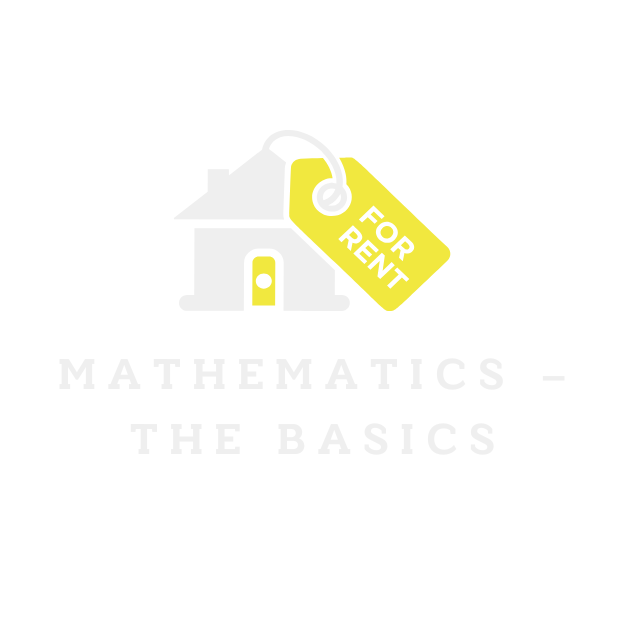Saving for a house can feel like trying to find a unicorn in a haystack. With rising prices and endless expenses, it’s easy to get discouraged. But fear not! A house savings plan is your trusty roadmap to homeownership, making that elusive dream a reality.
Picture this: you, sitting on your very own porch, sipping iced tea while watching the neighborhood kids play. Sounds dreamy, right? By implementing a solid savings strategy, you can turn that dream into a tangible plan. It’s time to trade in those late-night pizza runs for a savvy savings routine. Let’s dive into how a house savings plan can transform your finances and put you one step closer to that front door.
Table of Contents
ToggleWhat Is a House Savings Plan?
A house savings plan serves as a strategic approach for individuals aiming to purchase a home. This plan helps organize finances and outlines specific savings goals to facilitate the journey toward homeownership.
Definition and Purpose
A house savings plan defines both the structure and strategy for setting aside funds designated exclusively for a future home purchase. Typically, it includes clear financial targets, timelines, and the necessary steps to achieve these goals. This plan provides individuals with a roadmap, ensuring they stay focused on their objective amid other financial obligations.
Benefits of a House Savings Plan
Establishing a house savings plan offers several advantages. First, it fosters financial discipline by encouraging consistent saving habits. Second, individuals gain insight into their spending patterns, allowing them to identify areas for cost-cutting. Third, having defined savings goals often boosts motivation and commitment towards achieving homeownership. Additionally, a well-structured plan can lead to better decision-making during the home-buying process.
How to Create a House Savings Plan

Establishing a house savings plan involves meticulous preparation and clear objectives. A strategic approach ensures better management of finances and maximizes the potential for homeownership.
Setting a Savings Goal
Setting a savings goal provides direction and motivation. A target amount correlates directly with the desired home price and down payment requirements. For instance, if buying a $300,000 home, aiming for a 20% down payment totals $60,000. Establishing a specific timeline for reaching this goal, such as five years, facilitates consistent monthly savings. Individuals can divide their target amount by the number of months to determine their monthly savings need; saving $1,000 each month leads to $60,000 in five years. Adjustments to monthly contributions may occur based on changing financial circumstances or fluctuations in housing prices.
Choosing the Right Savings Account
Choosing the right savings account enhances savings growth. High-yield savings accounts often provide better interest rates than traditional options, making them beneficial for accumulating savings over time. Money market accounts also offer competitive rates with limited withdrawal capabilities. Exploring certificates of deposit (CDs) delivers additional opportunities for earning interest, especially with longer terms. Selecting an account with minimal fees aids in maximizing savings contributors. Prioritizing liquidity is vital, as buyers might need quick access to funds when an ideal home becomes available. Always consider the option that aligns with personal financial goals while supporting the purchasing timeline.
Tips for Sticking to Your House Savings Plan
Sticking to a house savings plan requires commitment and strategic choices. Implementing effective budgeting strategies and automating savings can significantly enhance the journey to homeownership.
Budgeting Strategies
Establishing a detailed budget is pivotal. Start by categorizing monthly expenses into essentials and non-essentials. Prioritize needs over wants to identify areas for cuts. Allocating a specific amount for savings each month will foster discipline. Regularly reviewing and adjusting the budget reflects changing financial circumstances. This practice unveils spending patterns, enabling more informed decisions about saving. Tracking expenses with apps or spreadsheets streamlines the process. Setting milestones for savings goals can motivate progress and reinforce the commitment.
Automating Your Savings
Automating savings streamlines the entire process. Set up direct deposits from each paycheck into a dedicated savings account. This method ensures savings grow consistently without manual effort. Choosing high-yield savings accounts enhances interest earned, benefiting long-term growth. Implementing recurring transfers into savings every payday shifts focus from spending to saving. Consistent contributions reduce the temptation to allocate funds elsewhere. Monitoring progress with account statements can provide insights and reinforce the goal. Automation ultimately simplifies the path to achieving homeownership.
Common Mistakes to Avoid
Many individuals face pitfalls while saving for a house. Recognizing these common mistakes helps in creating an effective house savings plan.
Overestimating Your Budget
Overestimating the budget frequently leads to financial strain. Individuals often project ideal income scenarios instead of considering realistic expenses. Evaluating precise monthly costs, including utilities, groceries, and transportation, supports better planning. Setting aside a buffer for unexpected costs can prevent future setbacks. Individuals should factor in home maintenance and property taxes to gain a clearer picture. Accurate budgeting ultimately aids in sustaining the savings momentum needed for homeownership.
Ignoring Market Changes
Ignoring market changes presents significant risks during the saving process. Market fluctuations, such as rising interest rates or housing prices, directly impact savings goals. It’s crucial to stay informed about local real estate trends and economic indicators. Adjusting savings targets in response to these changes ensures preparedness for market conditions. Individuals should regularly review their financial strategy, incorporating any new data to navigate potential pitfalls. Staying adaptable helps maintain progress toward achieving homeownership.
Establishing a house savings plan is essential for anyone looking to achieve homeownership. By setting clear savings goals and adopting disciplined budgeting habits, individuals can navigate the financial landscape more effectively. Small lifestyle changes and strategic choices can significantly impact their savings journey.
Automating savings and regularly reviewing budgets keeps motivation high and ensures progress remains on track. Staying informed about market trends and adjusting plans as needed helps avoid common pitfalls. With determination and a solid plan in place, the dream of owning a home can transition from a distant aspiration to a tangible reality.


